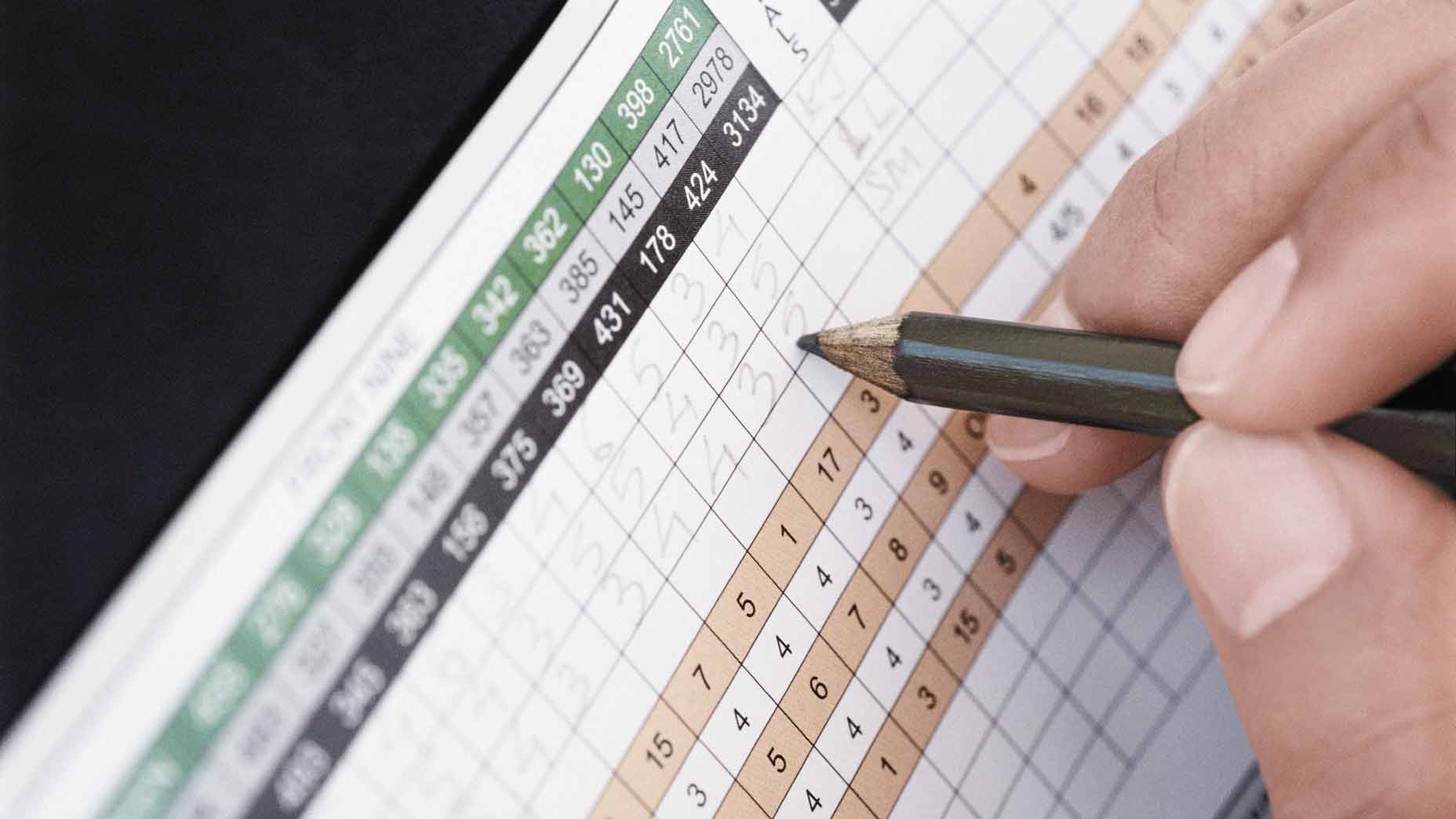Low handicappers do this 1 thing much better than higher handicaps

The aim of the game is avoiding big numbers, not making lots of birdies.
Getty Images
I don’t know where you’re reading this article from, but I’m currently stuck in the northeast, buried under about eight inches of snow. With playing golf off the table for the foreseeable future, I find myself thinking about golf a lot. Specifically, the ways I any everyone else can get a little better this year.
Which is why this tweet from Practical Golf’s Jon Sherman caught my eye. It highlights data from rangefinder company Shot Scope, and take a close look, because there’s a lot to learn…
Avoid big numbers
You may think that lowering your score means making more birdies. That certainly helps, but there’s one thing that’s far more important — and is illustrated in the graphic above: Avoiding big numbers is king.
Notice how the average number of birdies per round is relatively consistent for each of the five handicap levels measured? Sure, the 2 handicap makes about two birdies per round more than the 26 handicap’s zero, but it’s a smaller difference than the number of double bogeys or more they make: One for the lower handicapper, compared to a whopping six for the higher handicapper.
And while it’s true the number of birdies per round increases the lower your handicap, the number of big numbers they make decreases far more rapidly.
All of which is to say: Rather than trying to hit the hero shot and making more birdies, focus on playing smarter and safer. Avoiding big numbers — that’s your path to better golf.
Want to overhaul your bag for 2022? Find a fitting location near you at GOLF’s affiliate company True Spec Golf.

